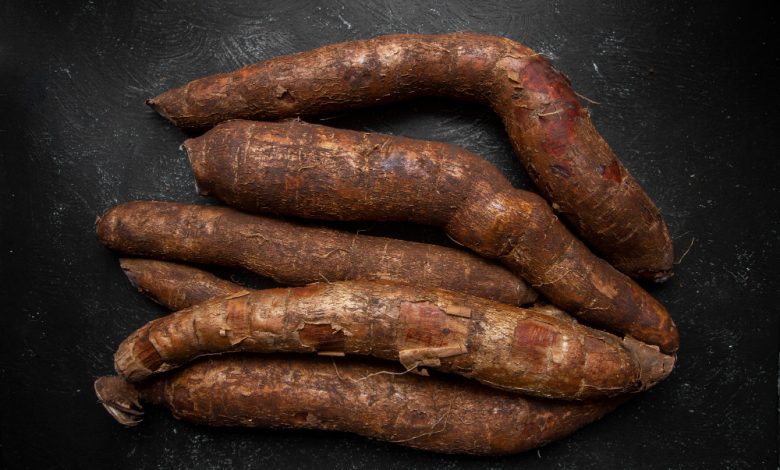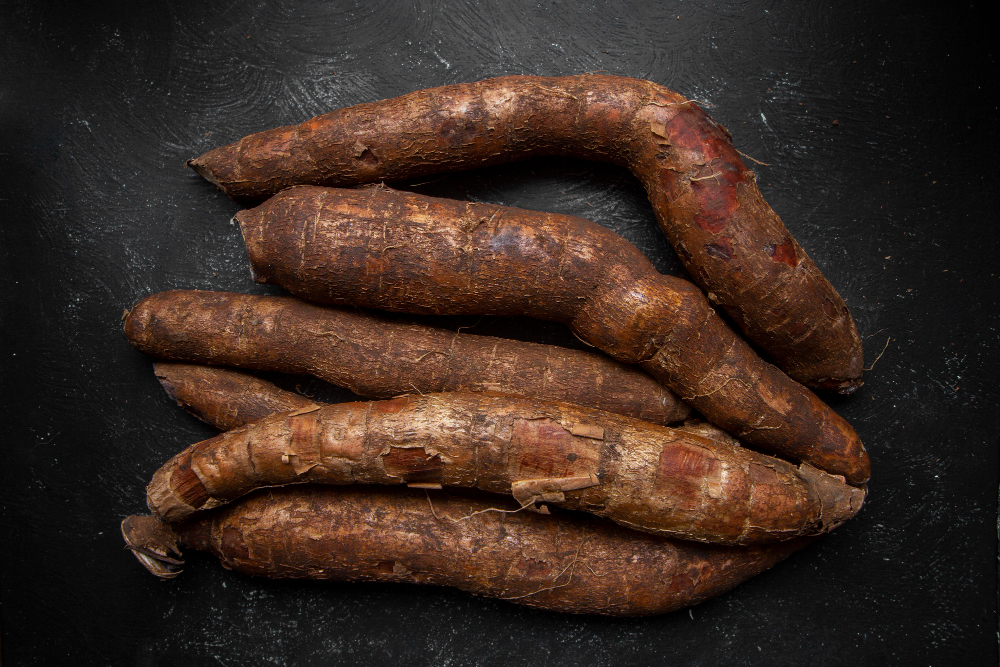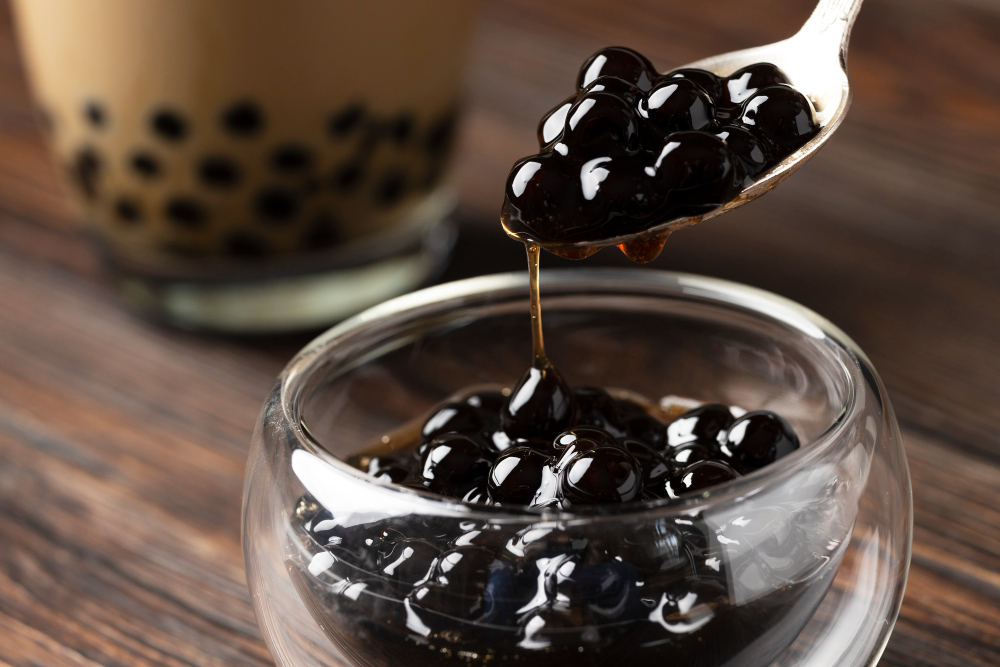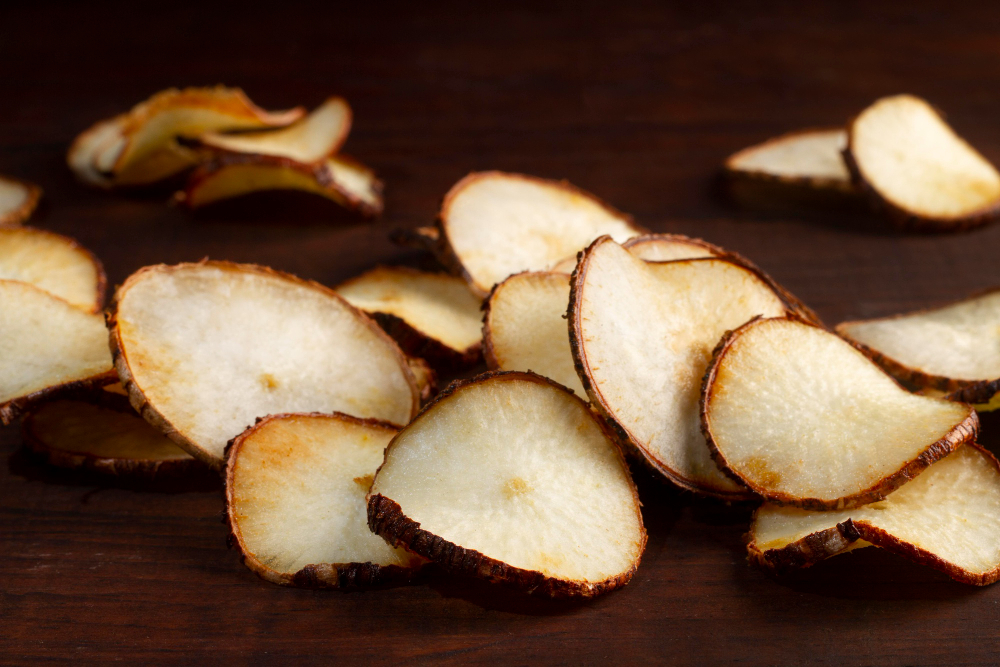Cassava in Cuisine

Cassava in Traditional and Modern Cuisine: A Culinary Exploration
Cassava, also known as yuca or manioc, is a starchy root vegetable native to South America that has become a staple food in many parts of the world. With its versatile nature, it can be found in dishes ranging from rustic, traditional recipes to modern, inventive culinary creations. Let’s take a deeper dive into the journey of cassava, exploring its rich history, cultural significance, and its evolution in contemporary cuisine.
A Brief History of Cassava: From the Tropics to the World
Originating in the tropical regions of South America, cassava was domesticated thousands of years ago by indigenous communities who valued its high-calorie content and ability to grow in poor soils. Over time, Portuguese and Spanish explorers brought cassava to Africa and Asia, where it quickly became a dietary staple, particularly in regions with limited agricultural options. Today, it is a vital source of carbohydrates for over 800 million people worldwide.

Cassava in Traditional Cuisine: Rooted in Culture
Cassava’s traditional use is deeply intertwined with the cultural fabric of many societies. Here are a few notable examples:
– Africa: Cassava is a cornerstone in many African diets. In West Africa, it is often transformed into fufu, a dough-like side dish served with soups and stews. In Nigeria and Ghana, garri (fermented cassava flakes) is a popular comfort food, while in Congo, cassava leaves are cooked with palm oil and spices for a flavorful, nutrient-rich dish.
– Latin America: In its native South America, cassava is a beloved ingredient. In Brazil, it is used to make farofa (toasted cassava flour) and tapioca, a versatile starch used in various dishes, from street snacks to desserts. In the Caribbean, cassava is grated and shaped into flatbreads known as casabe, a staple that dates back to the indigenous Taíno people.
– Asia: Cassava has also found a home in Asia. In Thailand and Vietnam, cassava is often used in desserts, like steamed cakes and tapioca puddings. In Indonesia, singkong goreng (fried cassava) and getuk (a sweet cassava snack) are popular street foods.

Modern Takes on Cassava: A Global Trend
As chefs and food enthusiasts around the world continue to experiment with traditional ingredients, cassava has found its way into modern culinary creations. Its adaptability and neutral flavor profile make it a prime candidate for reinvention in various culinary contexts.
– Gluten-Free Baking: Cassava flour, made by grinding dried cassava roots, has become a popular gluten-free alternative for baking. It mimics the texture of wheat flour more closely than other substitutes, making it ideal for creating bread, pastries, and pizza dough that cater to those with gluten sensitivities.
– Health-Focused Dishes: Given its low glycemic index and high fiber content, cassava is increasingly used in health-conscious recipes. From cassava chips and crackers to low-carb pasta and gnocchi, this versatile root is a star in many diet-friendly dishes.
– Fusion Cuisine: Modern chefs are incorporating cassava into fusion cuisine, blending traditional and contemporary flavors. Dishes like cassava gnocchi with truffle oil, cassava-crusted fish, or cassava poutine are some examples where the root’s unique texture and flavor are being used in unexpected and delightful ways.
– Innovative Snacks and Desserts: Cassava’s starch can be made into tapioca pearls, a key ingredient in bubble tea, which has taken the world by storm. It is also used to make cassava crisps, which are gaining popularity as a healthier alternative to potato chips.

Cooking with Cassava: Tips and Techniques
For those looking to explore cassava in their own kitchen, here are a few tips:
1. Preparation is Key: Fresh cassava contains cyanogenic glycosides, compounds that can release cyanide when not properly prepared. Always peel the cassava thoroughly, cut it into pieces, and boil it until tender (at least 20 minutes) before using it in any recipe.
2. Choose the Right Form: Cassava comes in various forms – fresh, frozen, flour, or tapioca. Choose the form that best suits your recipe. Fresh or frozen cassava is ideal for savory dishes, while cassava flour and tapioca are perfect for baking and desserts.
3. Experiment with Flavor Pairings: Cassava has a mild, slightly nutty flavor that pairs well with a variety of ingredients, such as garlic, coconut milk, chilies, citrus, and herbs like cilantro or parsley.
Cassava’s Continuing Journey
From traditional staples to contemporary culinary creations, cassava has proven itself to be a versatile and enduring ingredient. Its rich history and cultural significance make it a beloved root worldwide, while its adaptability to modern dietary trends ensures it will remain a kitchen favorite for years to come. Whether you are exploring age-old recipes or creating something entirely new, cassava offers endless possibilities for culinary exploration.

